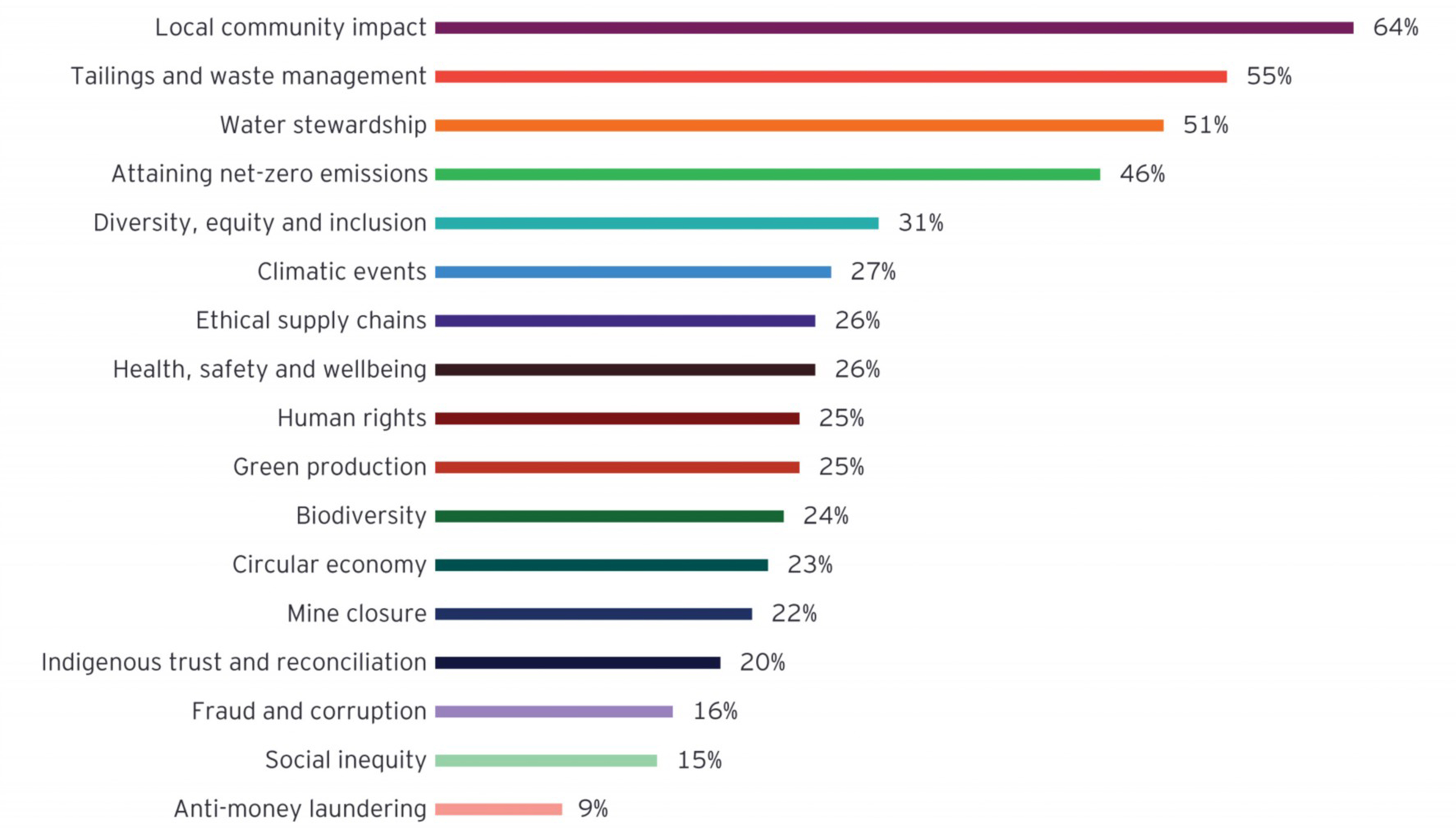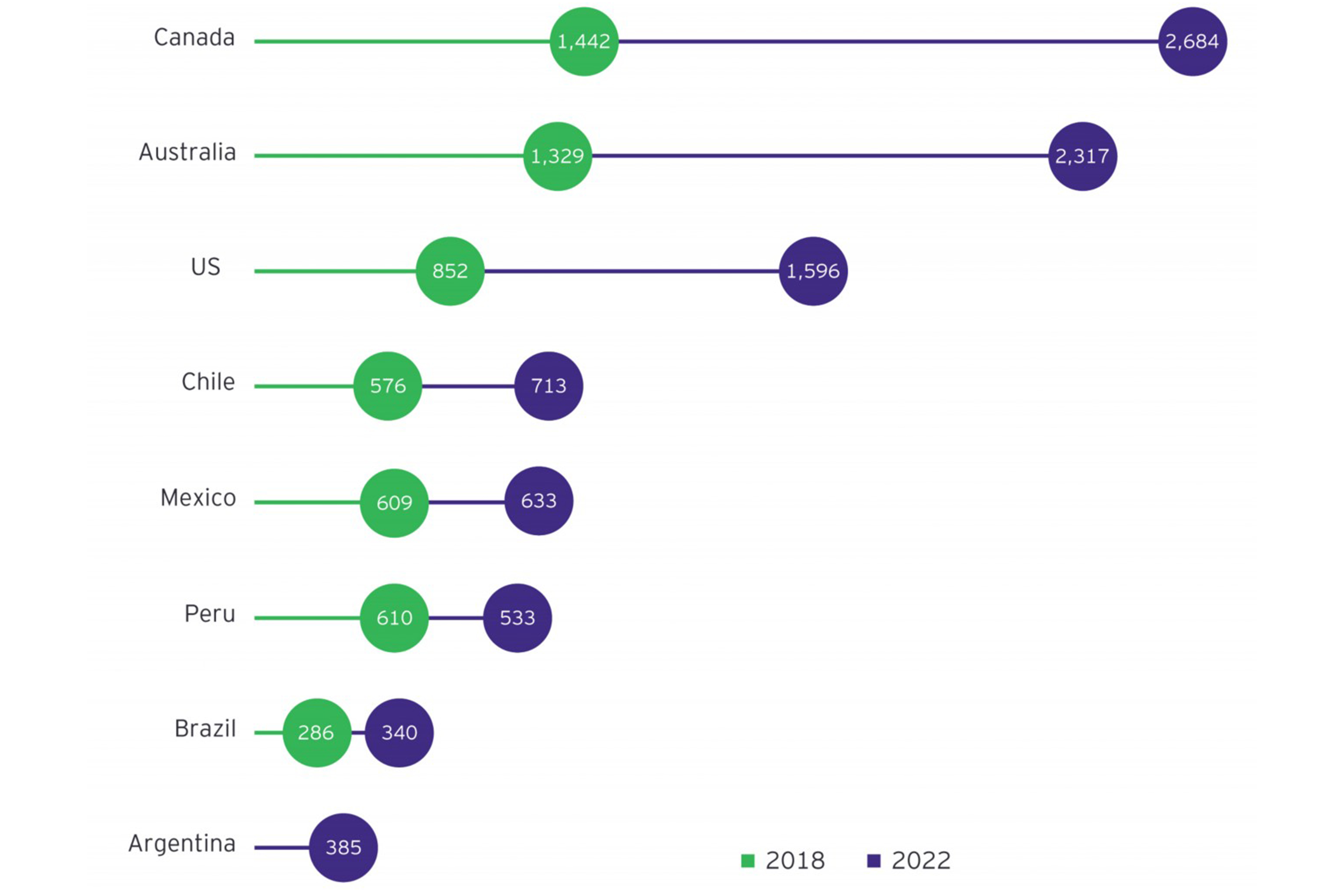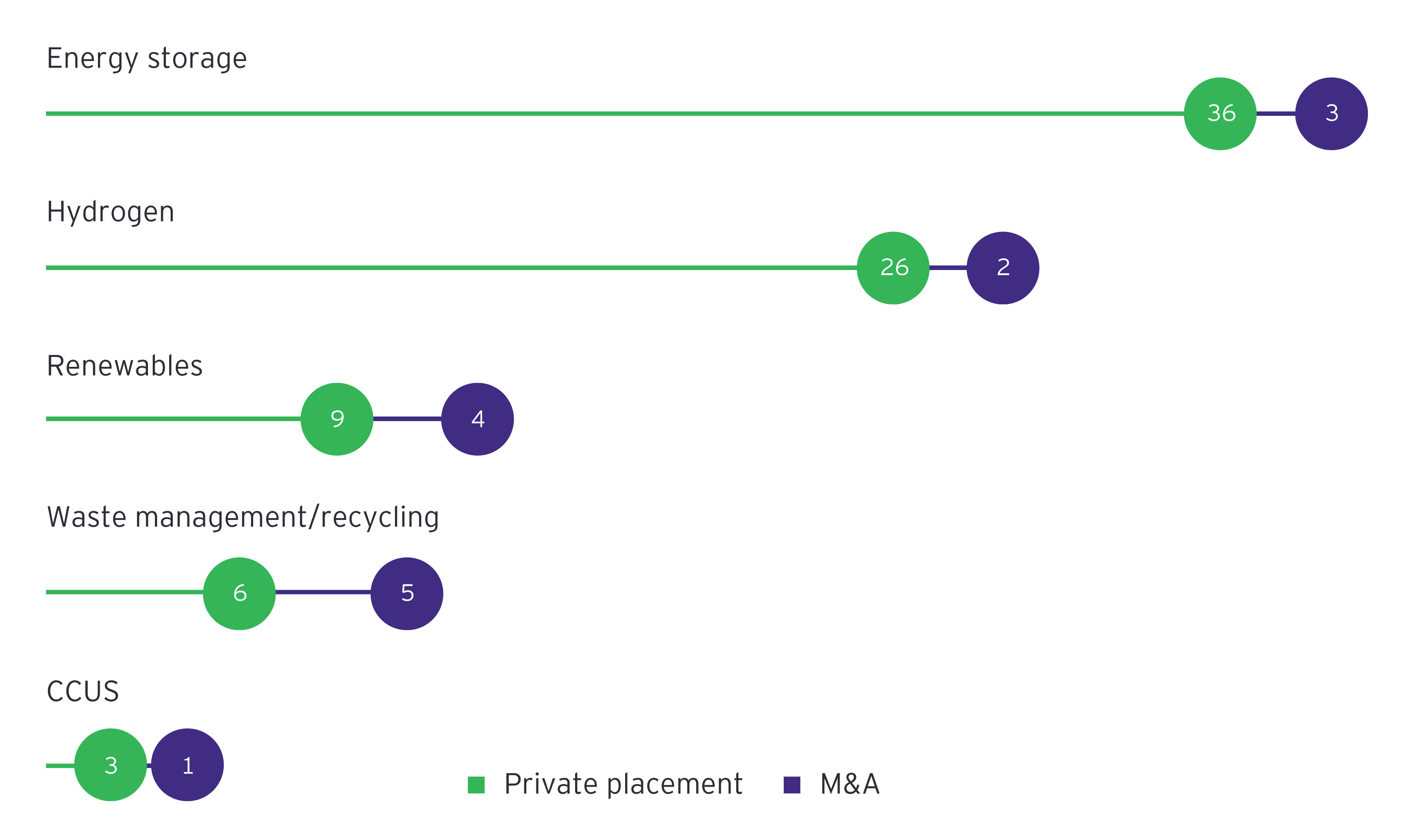This year’s ranking highlights the complex operating environment miners will face in 2024. Challenges will be numerous but history proves the resilience and the inventiveness of this sector. We expect to see more innovation, collaboration and agility over the next 12 months as mining and metals companies embrace the upside of change. At first glance, the 2024 ranking of the top business risks and opportunities in mining and metals (pdf) doesn't differ too much from the last couple of years. But while some issues are clearly becoming long-term priorities — particularly ESG and license to operate — others reflect new challenges in the sector.
We see a number of key themes playing out:
Expectations of investors and stakeholders have been underestimated and continue to increase
According to our survey respondents, scrutiny from all stakeholder groups is increasing, particularly around ESG issues. With these expectations anticipated to continue, miners will need to balance ESG priorities with other business goals, including productivity. Many are focused on achieving net- positive impact across a number of ESG factors, with significant benefits for those that get it right, including improved access to capital, a healthier talent pipeline and stronger license to operate [LTO].
The pace of change has accelerated
Capital has moved up in the ranking as the sector competes for investment and incentives to accelerate exploration and development of minerals and metals vital to the energy transition. We’re seeing a shift from a short-term focus on returns to a long-term view of value, encouraged by recognition that longer-term investment horizons are required to meet 2050 net-zero goals.
Inflationary pressure has fast-tracked technology development, as miners focus on digital tools that can accelerate productivity. The pace of digital transformation is highlighting the importance of cybersecurity, which is new to the ranking this year. Supply constraints are a catalyst for consideration of circular economy principles, with miners more conscious of minimizing waste.
Risks today are highly complex, interlinked and impact each other
Executives say they have a better understanding of sustainability issues — but that they cannot tackle all areas at once. With ESG becoming more complex and interlinked, addressing them requires an approach that thinks beyond meeting regulation and controlling costs. Instead, leaders need assurance that investments in one area will add genuine value rather than cause problems elsewhere. In-depth scenario planning can help guide prioritization, identify potential trade-offs and help miners create real, long-term positive impact.
Building trust and articulating value can evolve the sector’s brand
When trust is an issue, transparency is key. Miners need to get better at articulating the nonfinancial value they bring to communities and investors, beyond merely meeting regulatory expectations. Creating and communicating a bigger bolder vision of legacy beyond life of mine can demonstrate a company’s societal commitment.






